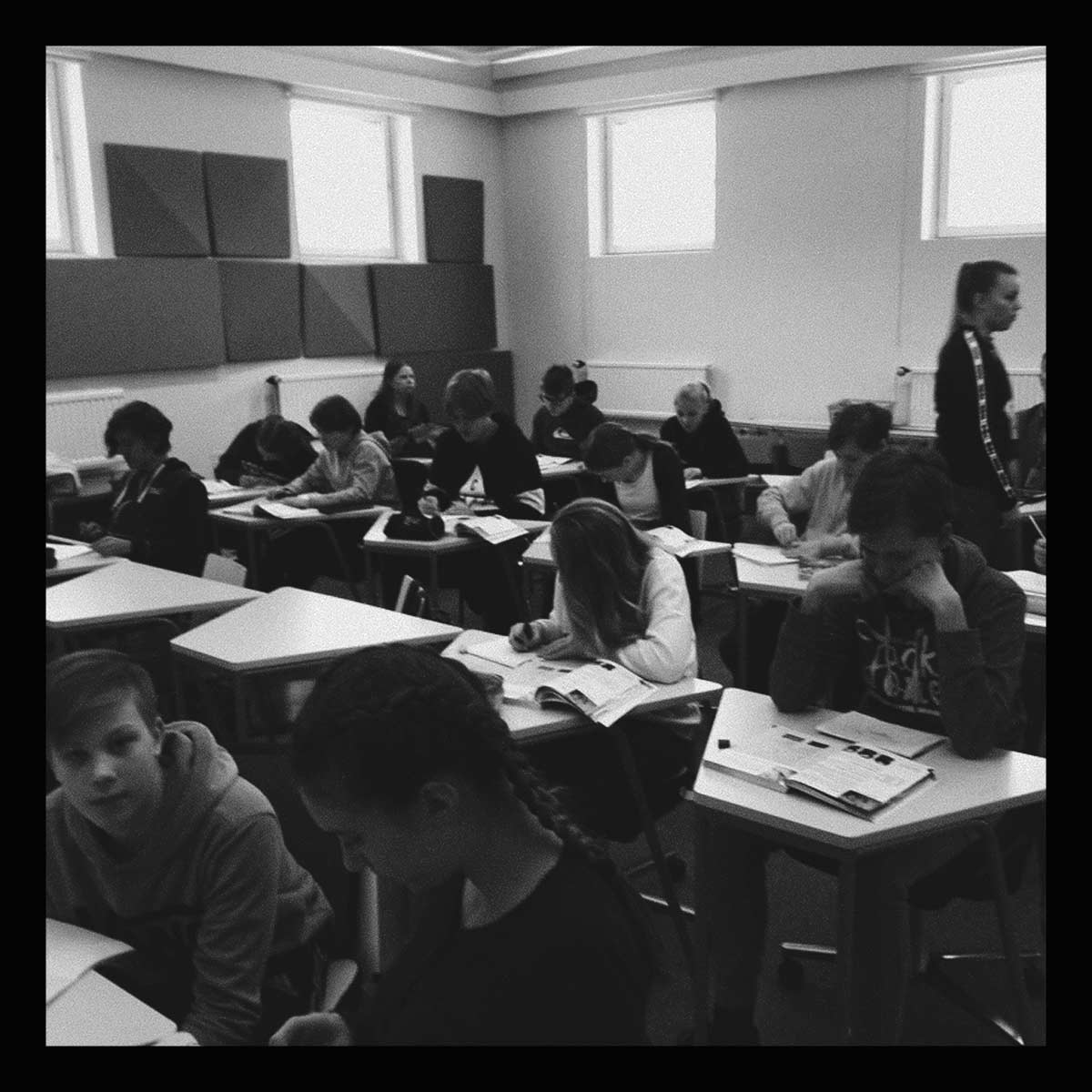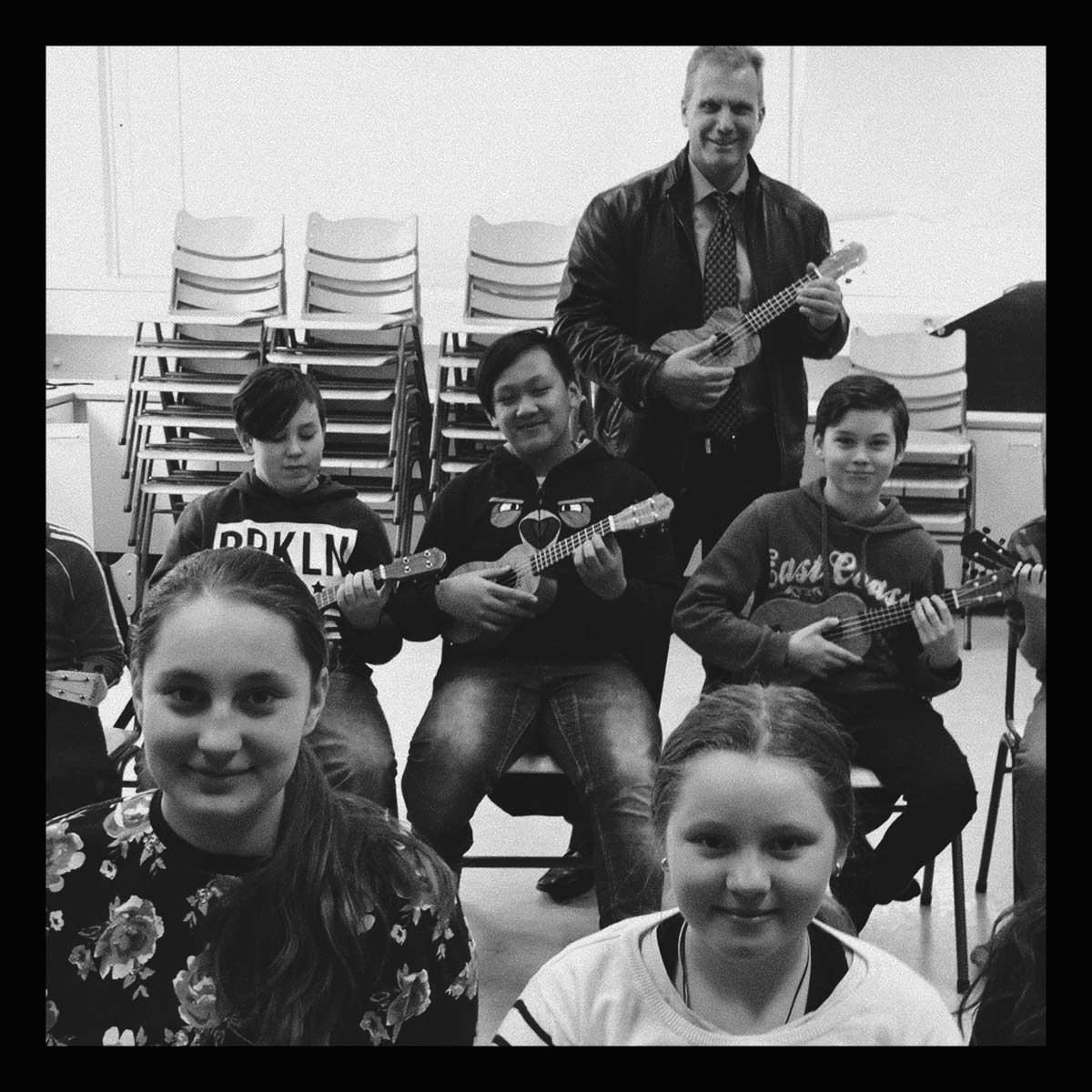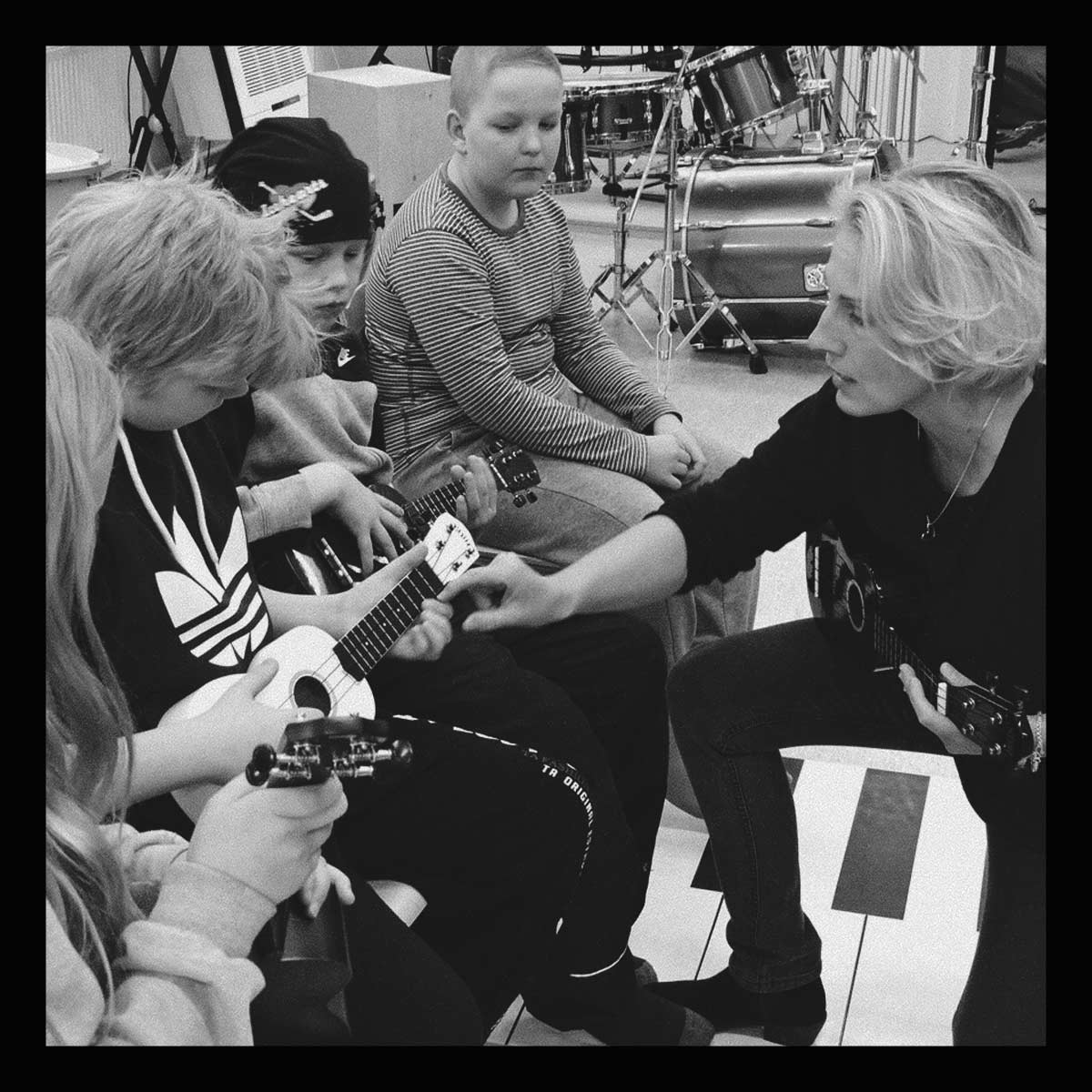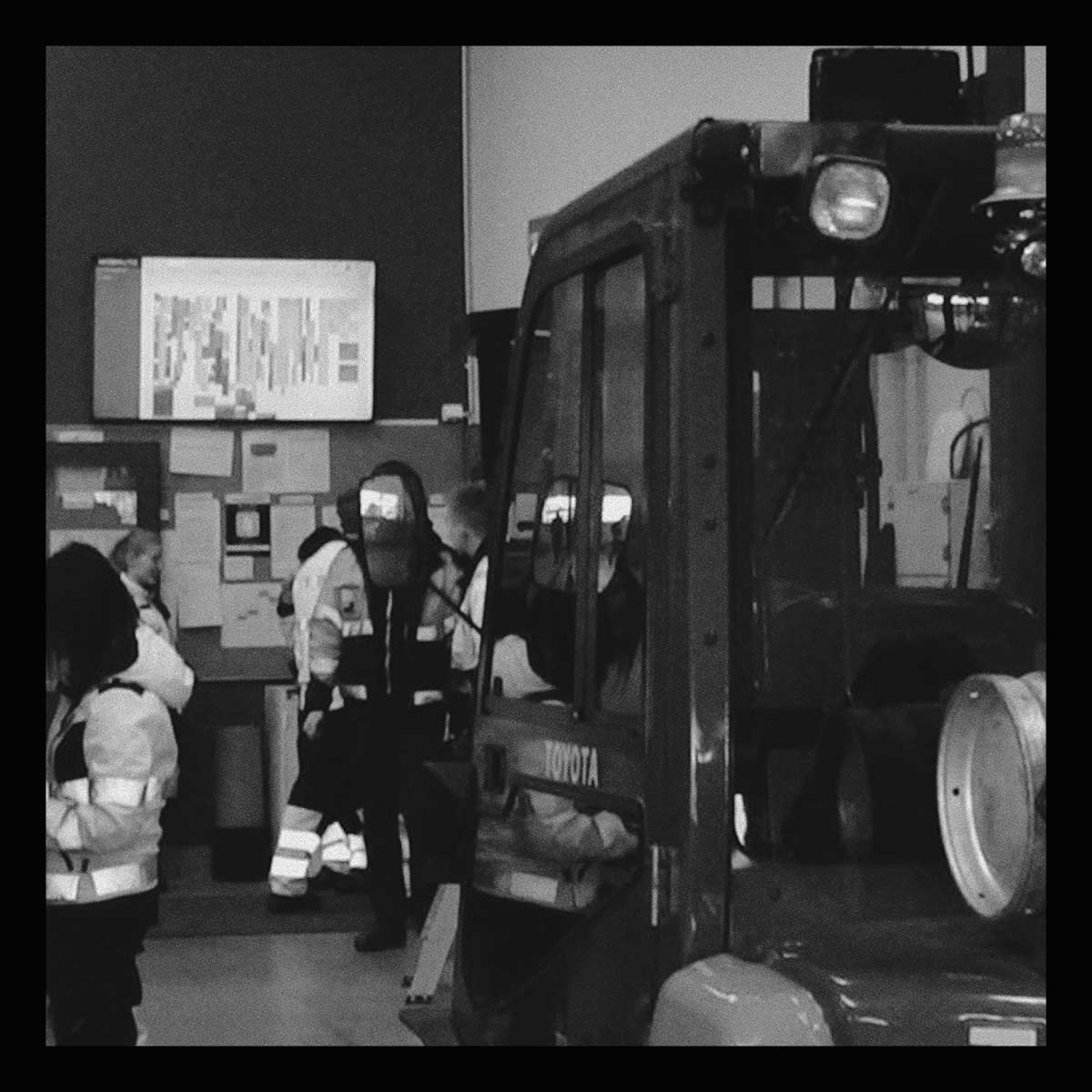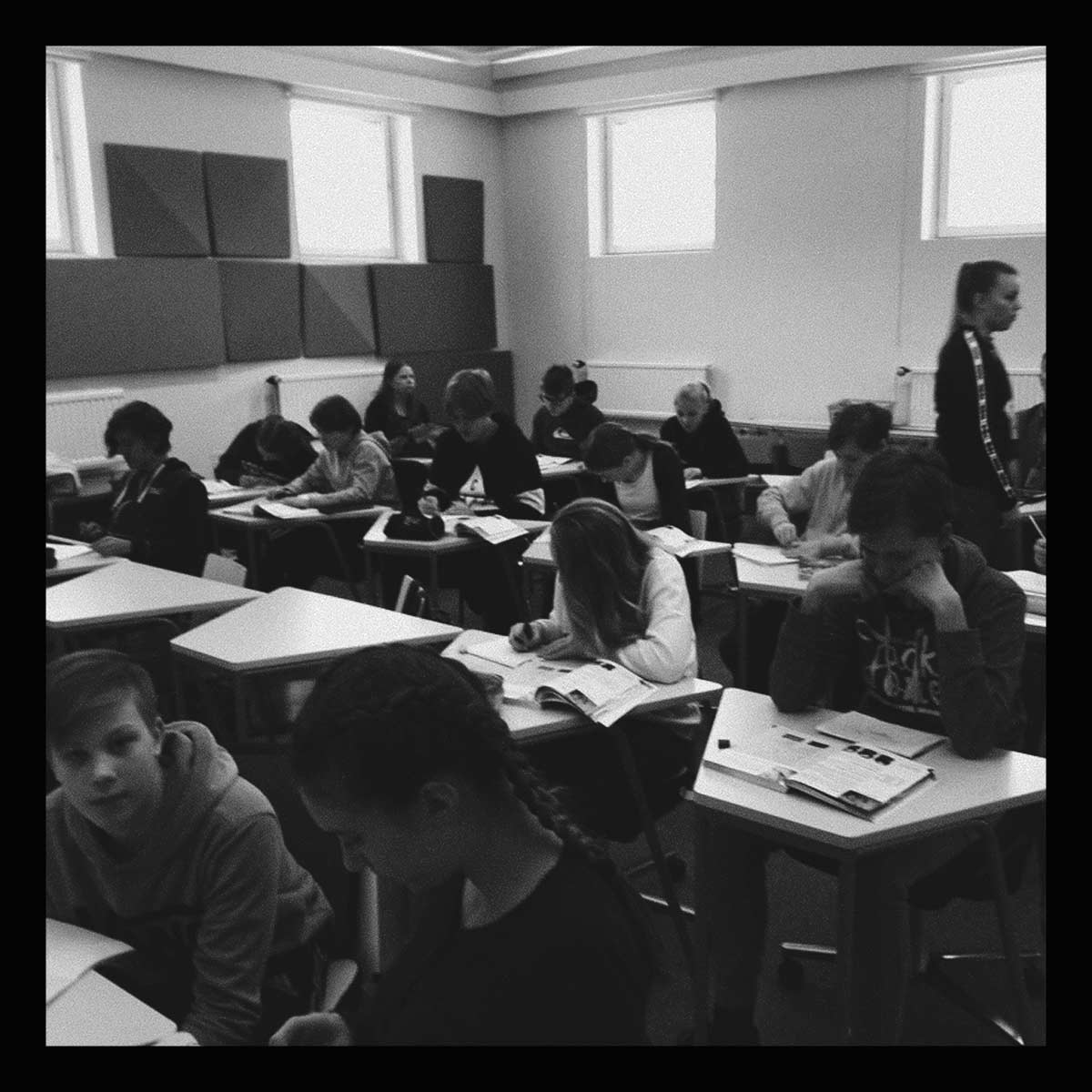The exceptionally high attainment of Finnish students on the PISA test in all three literacy domains has aroused continuous international interest toward the Finnish education system.
Since the release of the first results of PISA 2000, Finnish students’ good performance has generated many candidates for, ranging from the phonetic character of the Finnish language to reading as a common pastime across the social strata, and from free school meals to research-based teacher education. When writing the national report on Finnish results for PISA 2006, however, the close affinity of the objectives of the Finnish basic school reform of 1970s with those of PISA a quarter of a century later began to emerge as the salient factor underlying many of the explanations given for the Finnish success.
These are some of the differences between the Finnish educational systems and general Western educational models:
GENERAL WESTERN MODEL: Standardization Strict standards for schools, teachers and students to guarantee the quality of outcomes. Emphasis on literacy and numeracy Basic skills in reading, writing, mathematics and science as prime targets of education reform. Consequential accountability Evaluation by inspection.

